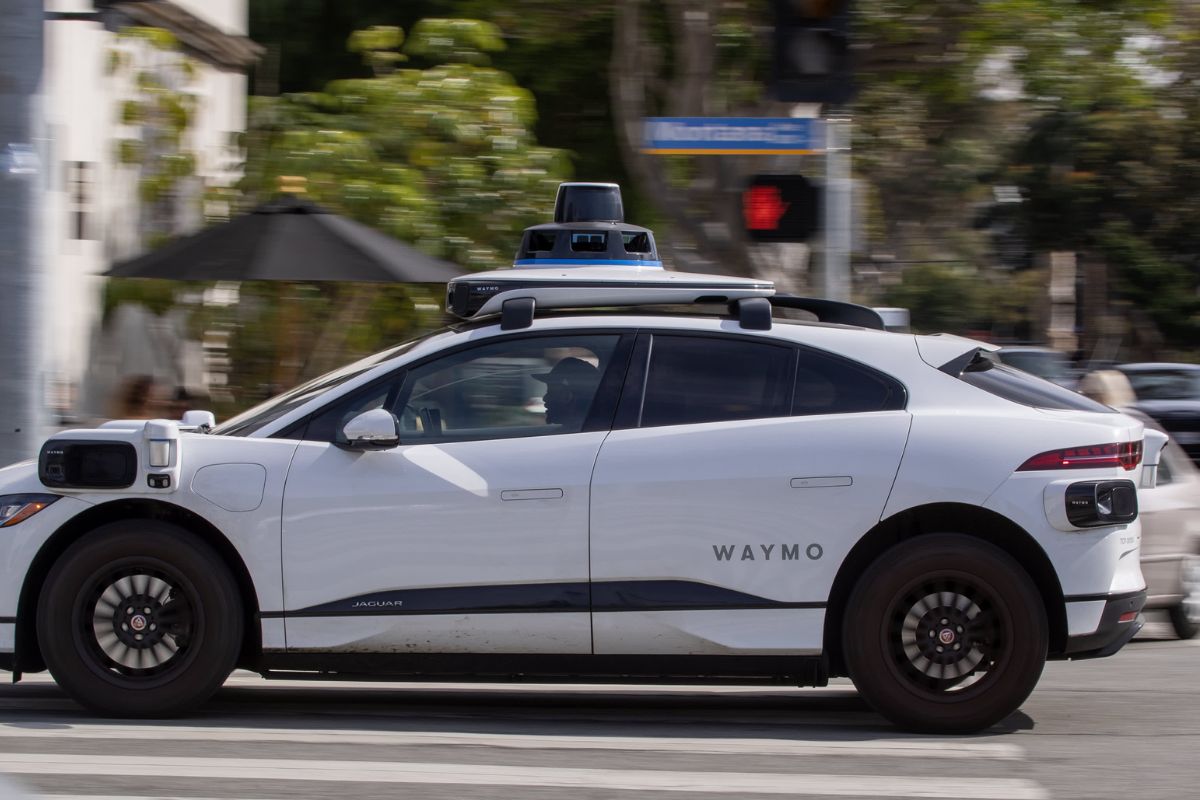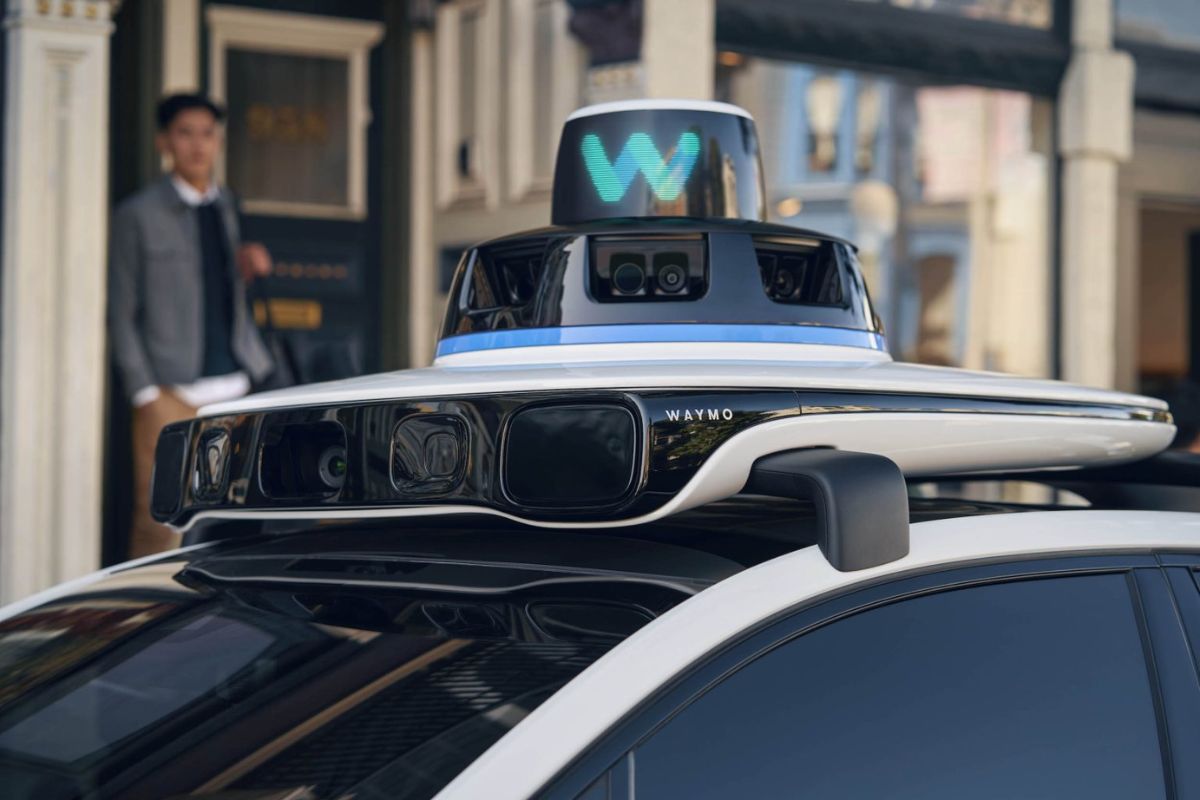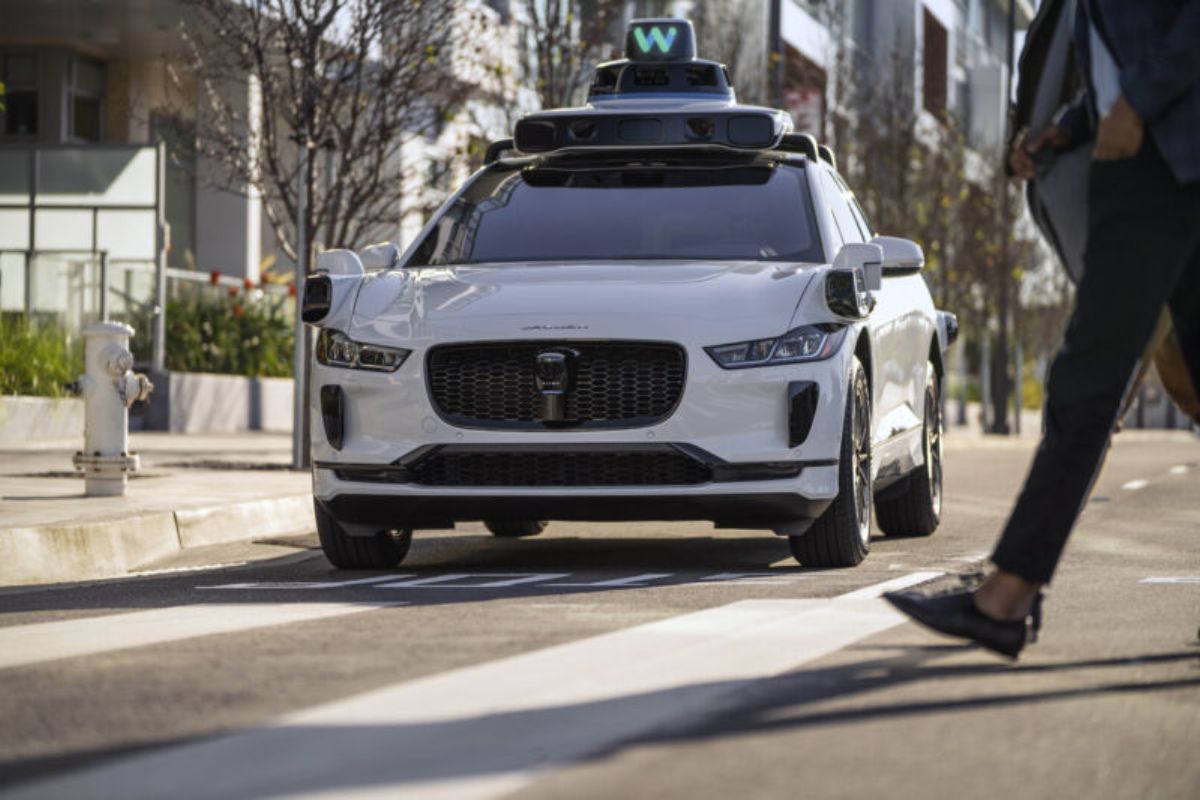Waymo’s Daring Austin Leap: Waymo’s latest move in Austin has stirred up a whirlwind of excitement and skepticism. The decision to deploy driverless robotaxis for employees marks a significant leap forward in autonomous vehicle technology.
While some applaud Waymo’s bold approach, others question the safety and ethical implications of such a groundbreaking step. As the industry grapples with these developments, one can’t help but wonder what this means for the future of transportation and the broader implications for society as a whole.
Waymo Expands Driverless Services in Austin, Texas
Waymo’s groundbreaking expansion of driverless services in Austin, Texas sets a new standard in autonomous transportation advancements. With the announcement of launching driverless passenger services for its employees, Waymo demonstrates its commitment to revolutionizing the way we think about transportation. This move not only showcases Waymo’s technological prowess but also highlights its strategic positioning ahead of competitors like Cruise, which is currently facing setbacks. By covering 43 square miles in Austin, including downtown and various neighborhoods, Waymo proves its capability to navigate complex urban environments autonomously.
The upcoming opening of Waymo One, the company’s ride-hailing program, to the public in Austin further solidifies its dominance in the autonomous vehicle industry. As the fourth city to experience Waymo’s driverless services, Austin joins the ranks of San Francisco, Phoenix, and Los Angeles, marking a significant milestone in the widespread adoption of autonomous transportation. Waymo’s bold expansion in Austin not only signifies progress but also sets a precedent for the future of driverless technology.
Also Read: Waymo’s Robotaxi Triumph: LA and SF Green Light for Paid Rides
Waymo’s Disciplined Deployment and Regulatory Approvals
In the face of challenges and regulatory hurdles, Waymo’s progress towards disciplined deployment and obtaining crucial regulatory approvals showcases a resilient push towards making autonomous driving a reality for the masses. Despite facing hostility and setbacks, Waymo remains steadfast in its mission to revolutionize transportation through cutting-edge technology.
- California Approval: Waymo’s recent approval from the California Public Utilities Commission to launch fully autonomous robotaxi services in Los Angeles and neighboring areas underscores the company’s commitment to regulatory compliance and safety standards.
- Texas Expansion: By emphasizing disciplined deployment in Texas, Waymo is bringing the benefits of fully autonomous driving closer to a larger audience, demonstrating its strategic approach to scaling its services effectively.
- Challenges Acknowledged: Waymo openly acknowledges the challenges it faces, including incidents of attacks on its vehicles and collisions with the public, showing transparency and a commitment to addressing safety concerns head-on.
Steady Expansion Amid Industry Challenges
Despite the tumultuous landscape of the autonomous vehicle industry, one company stands firm in its steady expansion efforts amid industry challenges. While competitors like Cruise face investigations and others like Argo AI meet their demise, Waymo remains resolute in its mission to revolutionize transportation.
Even as some Chinese AV startups hit the brakes on U.S. testing, Waymo forges ahead, undeterred by setbacks such as recent collisions and software glitches. The company’s commitment to progress is evident in its gradual rollout of autonomous ride-hailing services, with Austin being the latest addition to its operational network.
Waymo’s perseverance in the face of adversity sets it apart as a beacon of stability in an otherwise turbulent industry. As other players falter, Waymo’s unwavering dedication to innovation and expansion serves as a testament to its leadership and strategic foresight.
News In Brief
Waymo’s bold move to deploy driverless robotaxis for employees in Austin marks a groundbreaking leap in autonomous vehicle technology. Covering 43 square miles, including downtown and neighborhoods, Waymo showcases its prowess in navigating complex urban environments autonomously. This expansion positions Waymo ahead of competitors like Cruise, emphasizing disciplined deployment and obtaining regulatory approvals.
Recently approved in California, the company remains committed to safety standards. Waymo’s resilient progress stands out amidst industry challenges, setting the stage for the future of widespread autonomous transportation. Austin becomes the fourth city, after San Francisco, Phoenix, and Los Angeles, to experience Waymo’s driverless services, marking a significant milestone in autonomous vehicle adoption.
Our Reader’s Queries
Q1 Who is Waymo owned by?
A Established as the Google self-driving car project in 2009, Waymo, now an independent Alphabet subsidiary, has been in operation for years.
Q2 Is Waymo completely driverless?
A The Waymo Driver epitomizes fully autonomous technology, ensuring control throughout the entire journey, from pickup to destination. Passengers don’t need driving skills; they can relax in the back seat, enjoying a safe ride as the Waymo Driver navigates them to their destination.
Q3 How good is Waymo self-driving?
A Over the 7.1 million miles driven by Waymo, there were approximately 17 fewer injuries and 20 fewer police-reported crashes than if human drivers, following the benchmark crash rate, had covered the same distance in the operational areas.



